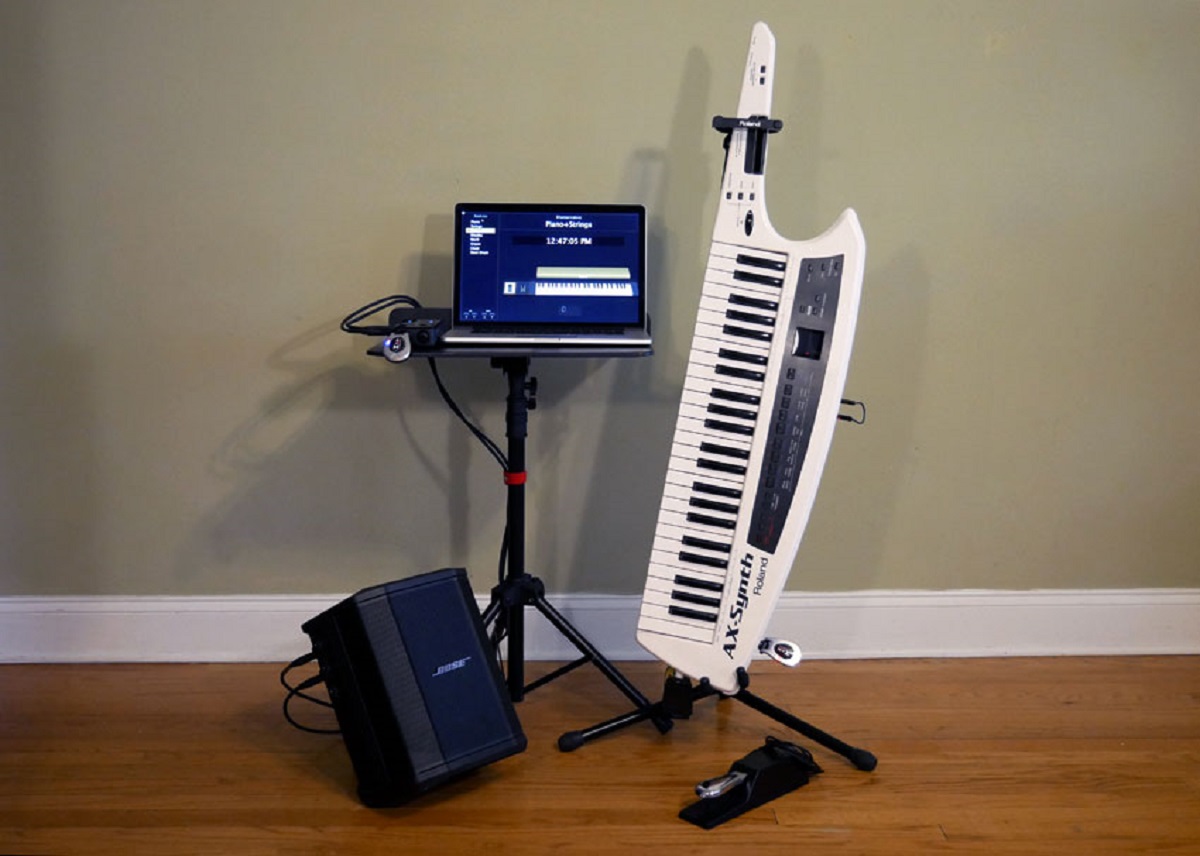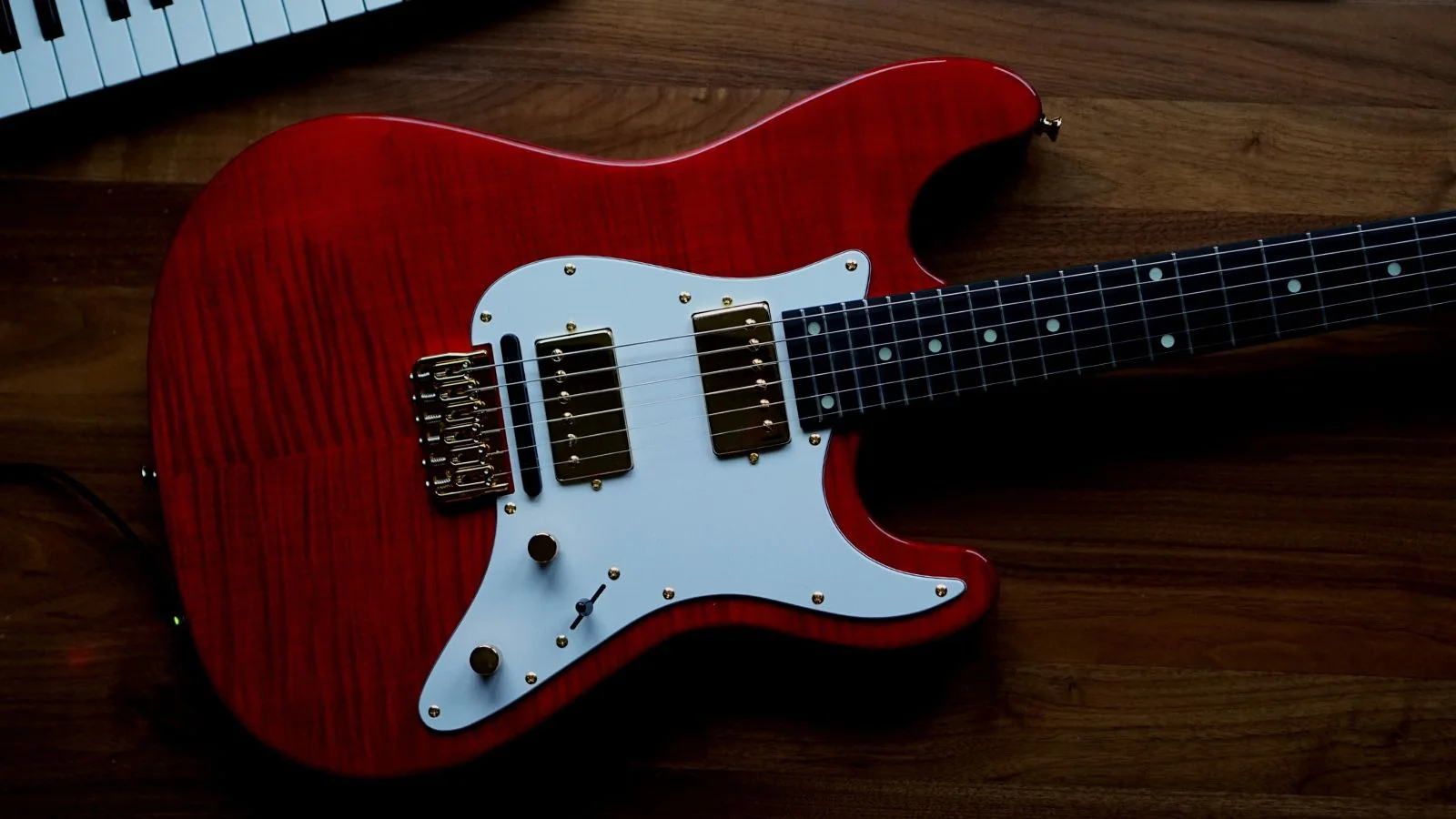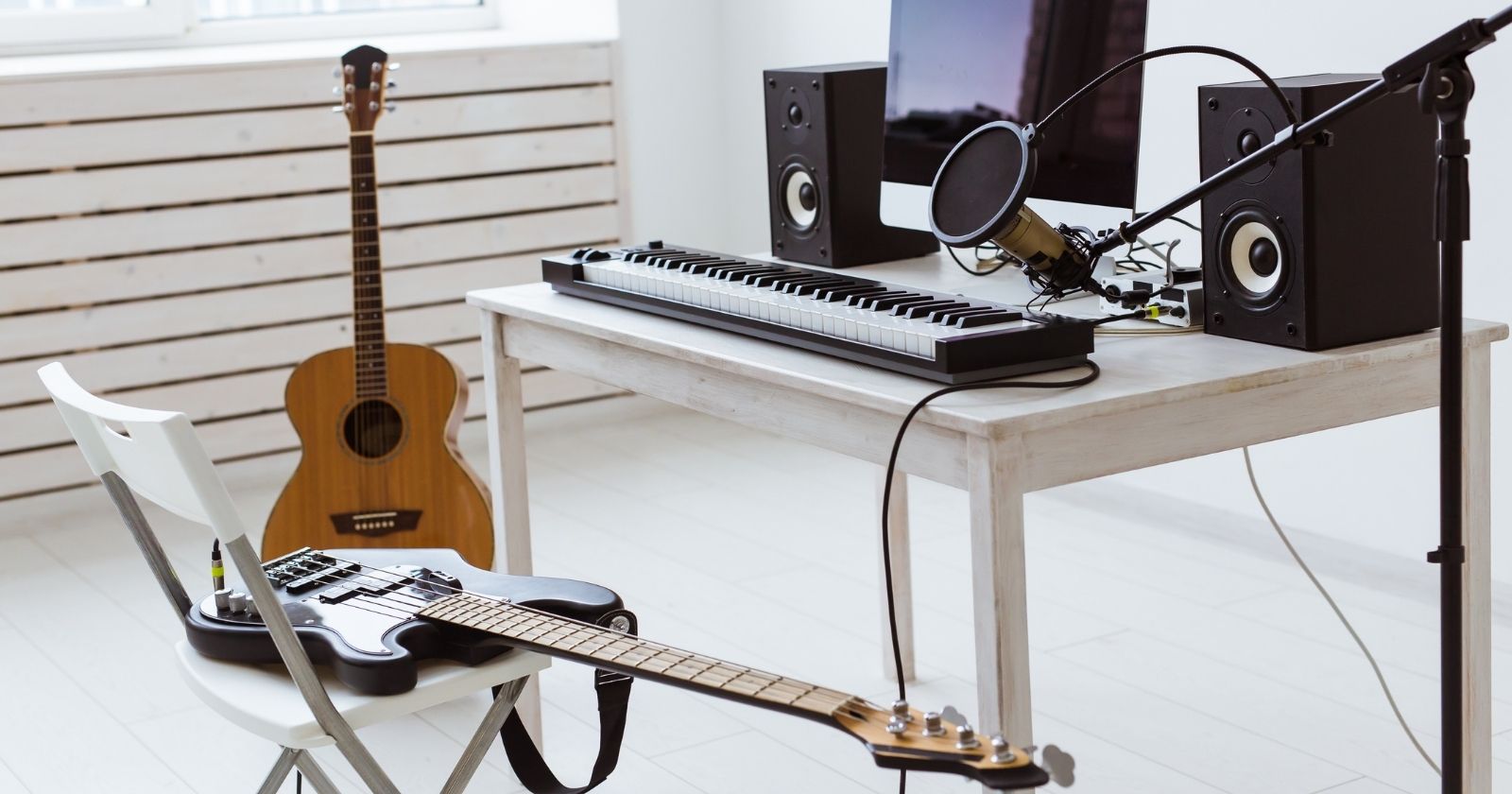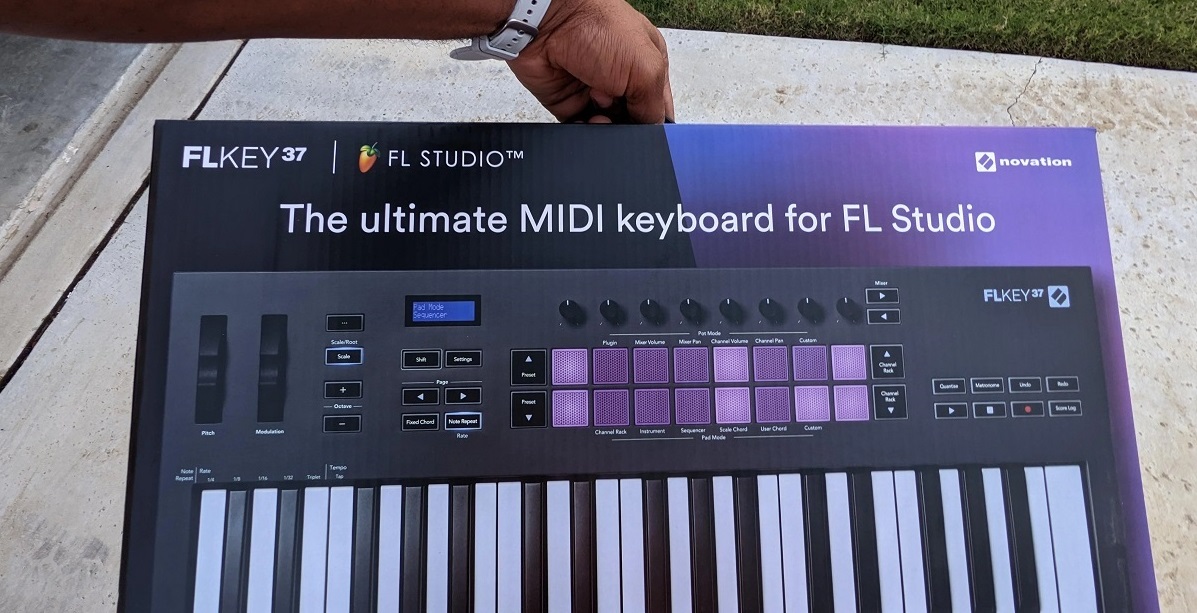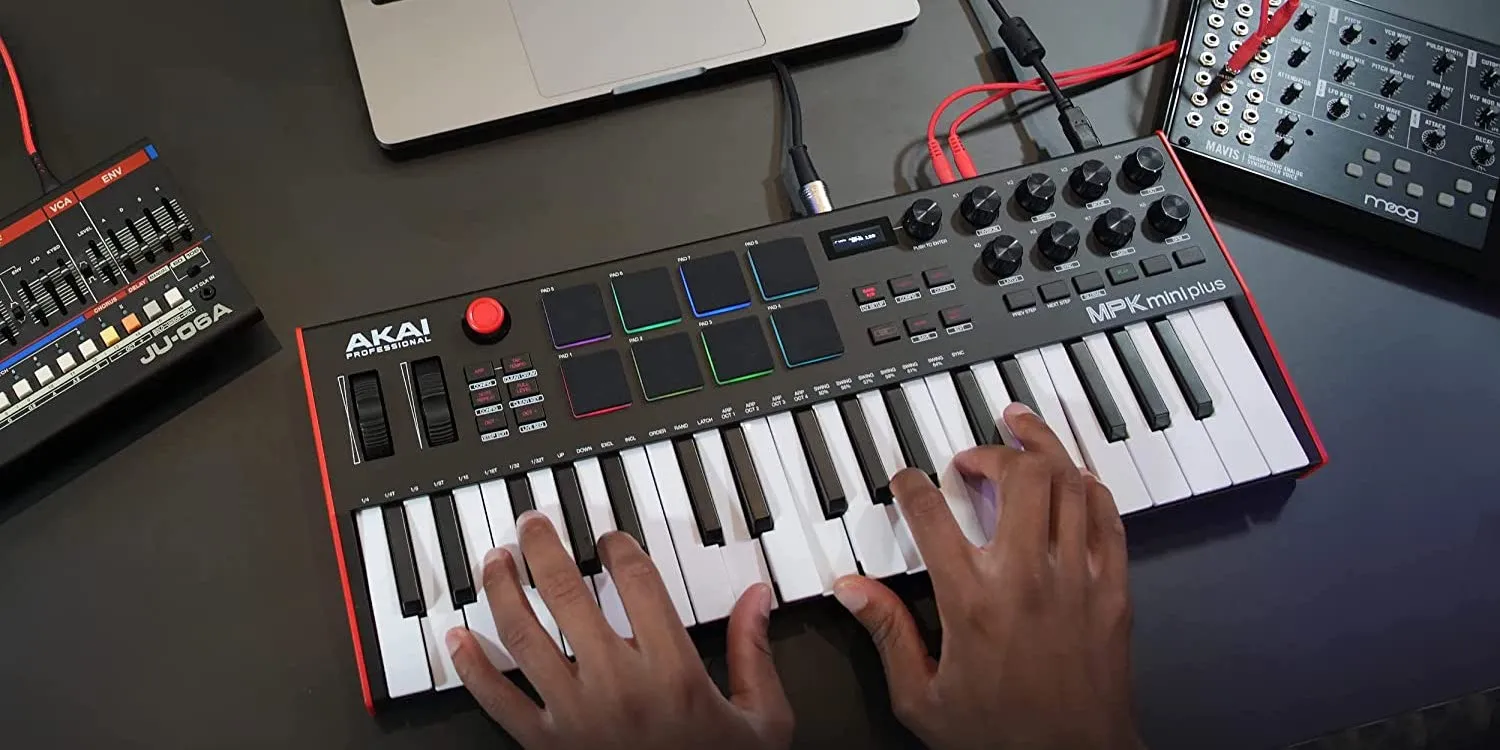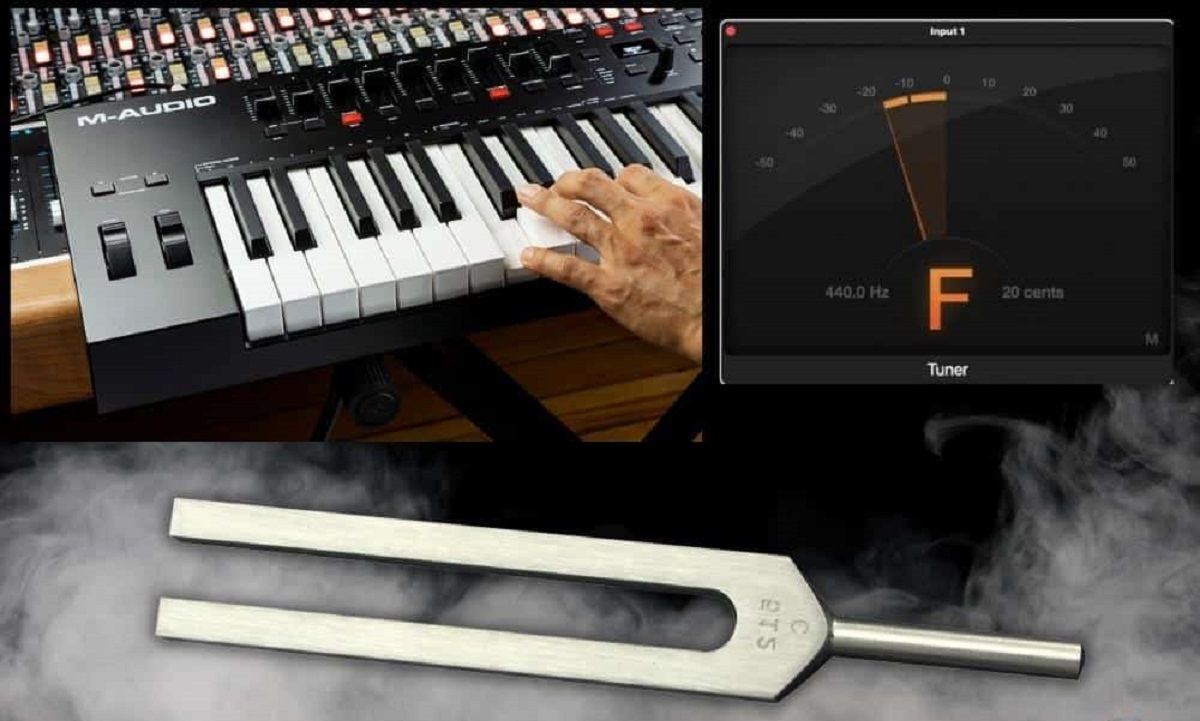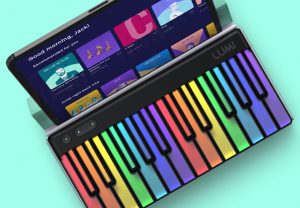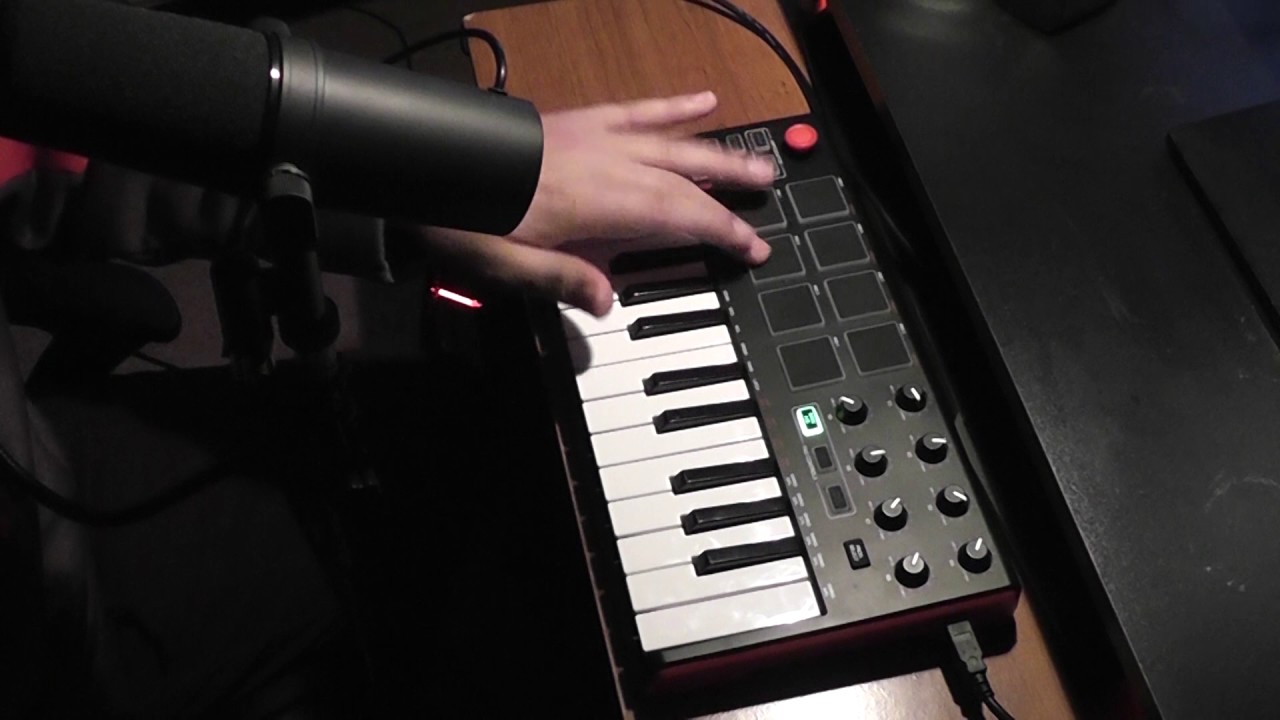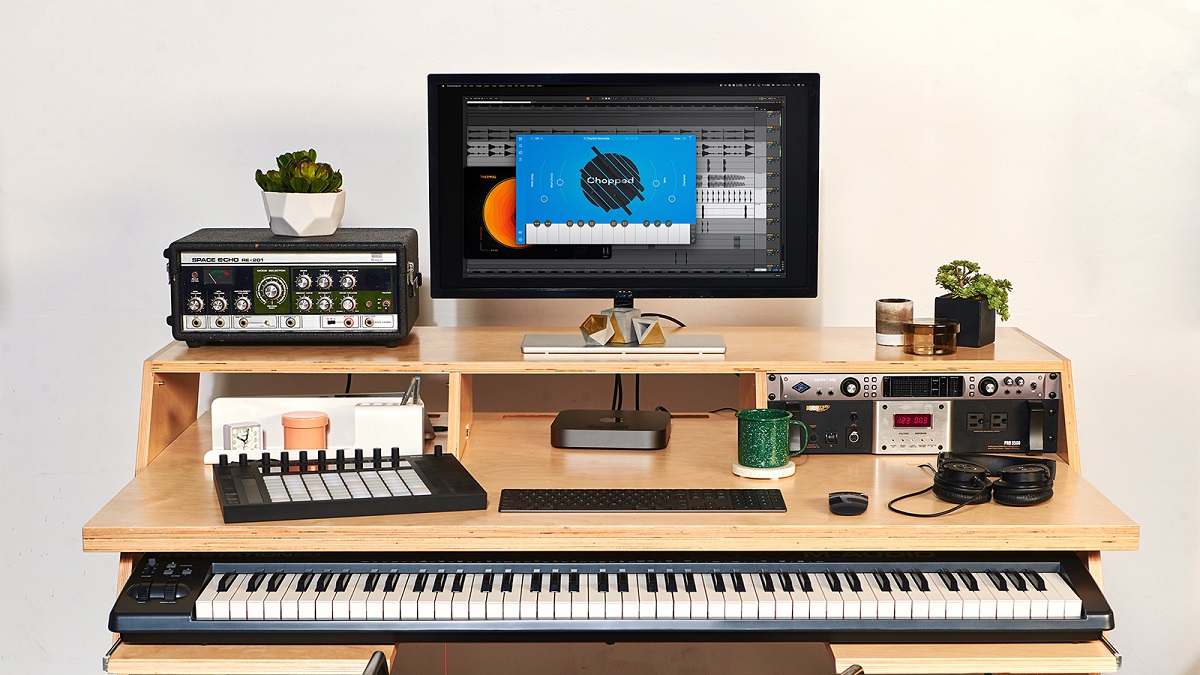Introduction
So you've got a MIDI keyboard and you're eager to explore its potential with Guitar Rig. By combining the versatility of your MIDI keyboard with the powerful effects and amp simulations of Guitar Rig, you can unlock a world of creative possibilities for your music. Whether you're a seasoned producer, a live performer, or a bedroom guitarist, integrating your MIDI keyboard with Guitar Rig can revolutionize your sound and workflow.
In this comprehensive guide, we'll walk you through the process of setting up your MIDI keyboard for seamless integration with Guitar Rig. From configuring the necessary hardware connections to mapping MIDI controls within Guitar Rig's interface, we'll cover everything you need to know to make the most of this dynamic combination.
Harnessing the expressive capabilities of your MIDI keyboard, you'll be able to manipulate Guitar Rig's parameters in real time, adding an extra layer of dynamism to your performances and recordings. With the potential to control effects, adjust amp settings, and trigger presets at your fingertips, the synergy between your MIDI keyboard and Guitar Rig opens up a realm of sonic exploration.
Whether you're aiming to emulate classic synth sounds, layer ambient textures, or simply streamline your workflow, the fusion of MIDI keyboard and Guitar Rig holds immense promise. By the end of this guide, you'll be equipped with the knowledge and techniques to seamlessly incorporate your MIDI keyboard into your Guitar Rig setup, enabling you to unleash your creativity and elevate your musical endeavors. So, without further ado, let's dive into the exciting realm of MIDI keyboard integration with Guitar Rig.
Setting Up Your MIDI Keyboard
Before delving into the integration process, it’s essential to ensure that your MIDI keyboard is properly connected to your computer or audio interface. Begin by connecting the MIDI output of your keyboard to the MIDI input of your audio interface using standard MIDI cables. If your MIDI keyboard features USB connectivity, you can alternatively connect it directly to your computer via USB.
Once physically connected, you’ll need to verify that your MIDI keyboard is recognized by your computer. Ensure that the necessary drivers are installed and that your MIDI keyboard is selected as the input device within your digital audio workstation (DAW) or music production software. This step is crucial for establishing communication between your MIDI keyboard and the software, enabling seamless control and performance.
Furthermore, it’s advisable to familiarize yourself with the MIDI implementation of your keyboard. Understanding how MIDI messages such as note data, control change (CC) messages, and program change commands are transmitted from your keyboard will be invaluable when configuring Guitar Rig for MIDI control. Refer to the user manual of your MIDI keyboard for detailed information on its MIDI capabilities and message assignments.
For a more streamlined setup, you may also consider utilizing a MIDI controller that features pre-assigned controls tailored for use with Guitar Rig. Many MIDI controllers offer dedicated integration with popular software applications, including Guitar Rig, allowing for effortless mapping of parameters and seamless interaction with the software’s interface.
With your MIDI keyboard physically connected, recognized by your system, and its MIDI capabilities understood, you’re now ready to proceed to the next phase: configuring Guitar Rig to harness the full potential of your MIDI keyboard for unparalleled creative control and expression.
Configuring Guitar Rig for MIDI Control
Configuring Guitar Rig to respond to MIDI input from your keyboard is a pivotal step in harnessing the combined power of these two musical tools. To begin, launch Guitar Rig and navigate to the preferences or settings menu, where you’ll typically find the option to configure MIDI input and output settings. Here, you’ll need to ensure that your MIDI keyboard is recognized as a valid input device within Guitar Rig.
Once your MIDI keyboard is detected, you can proceed to map its controls to various parameters within Guitar Rig. This can involve assigning MIDI continuous controller (CC) messages to specific effects parameters, amp settings, or preset selection. Guitar Rig provides a user-friendly interface for MIDI mapping, allowing you to easily link MIDI input to on-screen controls.
When mapping MIDI controls, it’s beneficial to consider the specific aspects of Guitar Rig you intend to manipulate with your MIDI keyboard. Whether it’s adjusting the gain on a virtual amplifier, modulating a delay effect, or triggering the bypass of a stompbox model, the flexibility of MIDI mapping enables you to tailor the control assignments to suit your musical preferences and performance style.
Furthermore, Guitar Rig offers the capability to create custom macro controls, which can be linked to MIDI parameters for comprehensive control over multiple parameters with a single MIDI input. This feature empowers you to craft intricate, expressive performance setups that seamlessly integrate your MIDI keyboard into the heart of Guitar Rig’s signal processing and amplification environment.
As you configure Guitar Rig for MIDI control, it’s advisable to experiment with different control assignments and mappings to discover the most intuitive and musically impactful configurations. Whether you prefer a hands-on approach to shaping your guitar tones or seek to augment your keyboard performances with dynamic effects and amp simulations, the MIDI integration within Guitar Rig opens up a realm of sonic possibilities.
With Guitar Rig primed to receive and respond to MIDI input from your keyboard, you’re now poised to explore the seamless interaction between these two musical powerhouses, unlocking a wealth of creative potential and performance versatility.
Using Your MIDI Keyboard with Guitar Rig
With your MIDI keyboard and Guitar Rig seamlessly integrated, you’re now ready to explore the myriad ways in which these musical tools can collaborate to enhance your creative endeavors. Whether you’re in the studio crafting intricate soundscapes or performing live with an array of expressive effects at your fingertips, the fusion of MIDI keyboard and Guitar Rig offers boundless opportunities for sonic exploration.
One of the primary advantages of using your MIDI keyboard with Guitar Rig is the ability to manipulate effects and amp parameters in real time. This dynamic control allows for on-the-fly adjustments to your guitar tones, empowering you to sculpt your sound with precision and spontaneity. Whether you’re tweaking filter cutoff frequencies, modulating reverb decay, or adjusting distortion levels, the tactile nature of MIDI control adds a new dimension to your sonic palette.
Moreover, the integration of your MIDI keyboard with Guitar Rig enables seamless preset switching and performance enhancements. By assigning MIDI program change messages to preset selections within Guitar Rig, you can effortlessly transition between custom sound configurations, making it ideal for live performances where quick access to diverse tones is essential. This capability streamlines your workflow, allowing you to focus on your musical expression without being encumbered by technical complexities.
Beyond traditional guitar-centric applications, the combination of MIDI keyboard and Guitar Rig opens doors to innovative sonic possibilities. Whether you’re layering synth textures alongside your guitar tones, triggering ambient soundscapes, or exploring experimental effects, the expressive capabilities of your MIDI keyboard enrich your sonic repertoire, transcending conventional musical boundaries.
Furthermore, the integration of your MIDI keyboard with Guitar Rig facilitates seamless collaboration between guitar and keyboard performances. By harnessing the MIDI control and performance capabilities of your keyboard, you can effortlessly synchronize your guitar tones with keyboard-driven elements, creating cohesive, immersive musical experiences that blur the lines between traditional instrumentation.
As you delve into the realm of using your MIDI keyboard with Guitar Rig, the synergy between these musical tools will undoubtedly inspire new creative avenues and redefine your approach to music production and performance. Whether you’re a guitarist seeking to expand your sonic horizons or a keyboardist looking to integrate dynamic effects into your playing, the fusion of MIDI keyboard and Guitar Rig offers a compelling fusion of control, expression, and sonic manipulation.
Tips and Tricks for Better MIDI Keyboard Integration
As you embark on your journey of MIDI keyboard integration with Guitar Rig, consider the following tips and tricks to optimize your experience and unlock the full potential of this dynamic combination:
- Explore MIDI Mapping Templates: Many MIDI keyboards and controllers offer pre-configured mapping templates tailored for popular software applications like Guitar Rig. These templates streamline the setup process by automatically assigning MIDI controls to essential parameters within Guitar Rig, providing a convenient starting point for customization.
- Experiment with Macro Controls: Leverage Guitar Rig’s macro controls to create custom control clusters that can be easily manipulated with your MIDI keyboard. By assigning multiple parameters to a single macro control, you can craft intricate, expressive performance setups that respond to your musical nuances with precision and depth.
- Utilize Velocity and Aftertouch: Harness the expressive capabilities of your MIDI keyboard’s velocity-sensitive keys and aftertouch functionality to modulate parameters within Guitar Rig. By assigning velocity and aftertouch messages to effects parameters, amp settings, or modulation controls, you can infuse your performances with dynamic, touch-sensitive nuances.
- Layer Synth Textures with Guitar Tones: Capitalize on the versatility of your MIDI keyboard to layer synth textures and atmospheric sounds alongside your guitar tones within Guitar Rig. By integrating synthesizer sounds into your guitar-driven compositions, you can create rich, multi-dimensional sonic landscapes that blur the boundaries between traditional instrumentation.
- Integrate Sustain Pedals and Modulation Wheels: Extend the expressive capabilities of your MIDI keyboard by incorporating sustain pedals and modulation wheels into your Guitar Rig setup. These additional control elements enable nuanced manipulation of effects parameters, offering a tactile and immersive performance experience.
- Customize Key Ranges for Parameter Control: Tailor the MIDI key ranges on your keyboard to control specific parameters within Guitar Rig. By dedicating certain key regions to effect on/off toggles, parameter sweeps, or preset selections, you can create intuitive, performance-oriented control layouts that align with your musical workflow.
By embracing these tips and exploring the creative possibilities afforded by MIDI keyboard integration with Guitar Rig, you can elevate your musical expression, streamline your production workflow, and embark on a sonic journey defined by boundless creativity and dynamic control.







